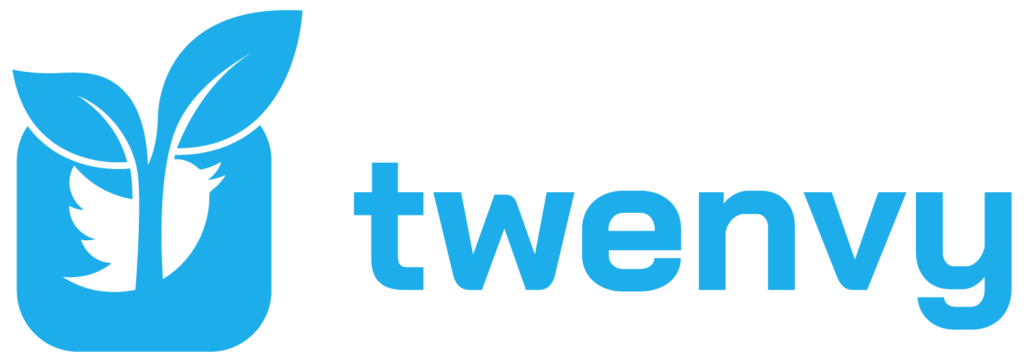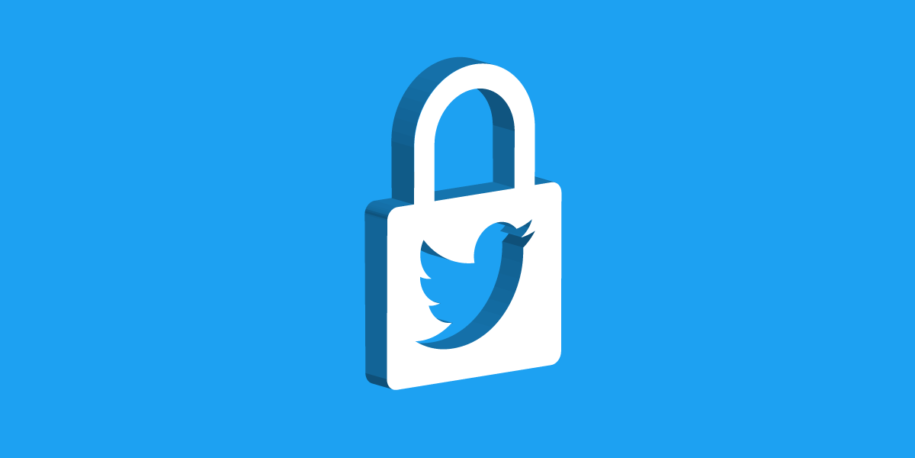Seeing a padlock next to a Twitter account is confusing, especially if you’re new to this platform. What does the lock on Twitter mean, and what should you do when you see the icon?
Twitter has around 38 million users in America and more than 186 million active daily users globally. Not everyone wants to share everything with millions of people, so some users decide to add that padlock icon next to their profile and increase privacy. Below we get more into detail about what this means, how to do it, as well as the pros and cons of private accounts.
Table of Contents
What Does The Lock On Twitter Mean?
Not everyone uses social media to put their entire life on display. When you create a Twitter account and check the Terms and services, you agree to a public profile. All Twitter profiles are public unless you decide otherwise.
Some Twitter users prefer privacy and only want to share content with people they know. The chances are you’ve seen the padlock icon next to many accounts, but do you know what it means?
The infamous lock icon says that the user’s profile is locked, and it’s not open for everyone. If you want to see their Tweets and accounts, they first have to approve your request. When you click on an account with a padlock, you’ll see that it’s different. There will be no Tweets, but there will be an option for you to follow them. If you previously started following this account before it became private, you can read their Tweets, but you can’t retweet or reply. Both individuals and businesses can use this feature.
Take a look at our other Twitter Questions:
- What Does It Mean to Trend on Twitter?
- What Is the Padlock on Twitter?
- What is Twitter Spaces?
- What Does Ratio Mean on Twitter?
- What is Fleet on Twitter?
How To Lock Your Twitter Account
You can protect your Twitter profile by making your account private. If you don’t take this step, you’ll only be sharing public Tweets. In other words, everyone will be able to see your content and engage.
- Open your favorite web browser and type in www.twitter.com.
- Put in your username and enter your password to log into your account.
- Choose the More option located on the left-hand side, and you’ll see a drop-down menu.
- Find the Settings section and choose the Privacy And Safety option.
- Click on Audience And Tagging.
- You should see a Protect My Tweets option. Check the Protect My Tweets box, and your Tweets will no longer be public.
- Click Save to finish the process.
Protecting your Tweets is an optional security measure that takes only seconds. If you’re a private person and want to interact with familiar faces, this is an excellent way to protect your privacy. However, businesses should look at things from a different angle. Let’s see which are the pros and cons of private accounts, and you’ll understand if it’s suitable for you.
Pros And Cons Of A Private Twitter Account
Should you protect your account? Is it a wise step to take? It mainly depends on what you use your Twitter for, who you want to reach, and if you want to grow your follower count.
Pros
- It’s good when you want complete control over who sees what you post. This feature is definitely more suitable for individuals and not for businesses. Not everyone joins Twitter to gain followers or promote their services. Some just want to see how their friends and family are doing and keep in touch through this social platform.
- Prevent fake accounts from following you. If you don’t want to have any bots as a part of your follower count, you should opt for a private account. This is not a long-term solution because it can have a negative effect on your overall growth.
- You can use a protected account to share information with a circle of people that are a part of your business or organization. Private Tweets can’t be retweeted; however, there’s always a chance that a person will screenshot them and share them with other people.
Cons
- It’s not good for marketing. If you promote your business on this platform, it’s much more convenient to have a public profile. People need to see what you post and follow your activity. If you take your Twitter account private, only users who follow you will be able to see your Tweets. In other words, this can lower your engagement and significantly lower the visibility of your content. The last thing you want is to limit your audience.
- Your follower count might stop growing. Not everyone will bother to ask for permission to see your Tweets. Some users will feel discouraged when they see you’re protecting your tweets and will decide not to follow.
- Twitter uses information from your profile for various purposes, including analytics personalization and ads. This is a part of Twitter’s services that helps you reach a broad audience, share your content with many people, and personalize your ads. If fewer individuals can see what you post, your analytics page will give you less feedback. The more people have access to your Tweets, the more you’ll get an idea of who to target, which age, nationality, when to post, and what kind of content to post.
- Protecting your account might take some of your free time in terms of approving people. Each time someone asks to see your Tweets, you’ll have to check their profile, see if you know them, and whether you want to give them permission or not. It’s definitely not a good idea for businesses, no matter if big or small.
Conclusion
Is a private Twitter profile a good idea? If you’re using it for marketing, it’s not. But if this is an individual account and you’re a private person, you can use this privacy feature. With our step-by-step guide, you’ll learn how to lock your Twitter account in a matter of seconds.
Some of the advantages of private Tweets are that they are best for people who are selective with their audience, want to use their account to share the news with a limited circle, and prevent fake followers. The disadvantages are that it can discourage people from following you, lower your engagement, and is not suitable for marketing.
- Should You Buy Twitter Followers? - January 8, 2023
- What is The Follow Limit on Twitter? - January 8, 2023
- Twitter Auto-Follow – What Is Auto Following and How Does it Work? - January 8, 2023

